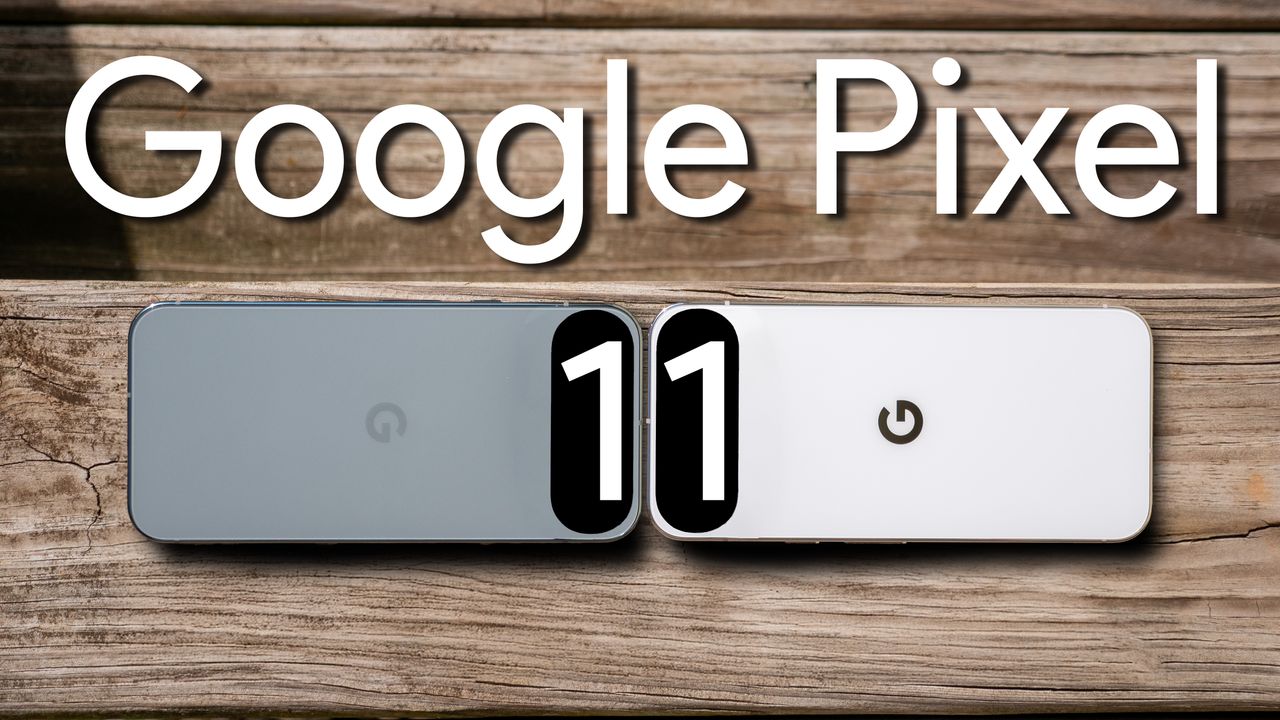
The Google Pixel 10 marks a full decade of Pixel phones. It represents the evolution of Google mainly as a service and software provider to a company that delivers the full stack of products, including brilliant hardware.
The Pixel 11 might not be on the horizon for many months to come, but we've already seen rumblings of what might be, from interviews mentioning the design to what's in store for the next generation of Tensor processors. The Pixel 11 could end up being a major release for Google.
Google Pixel 11: What we know so far

Last year, Google revamped the Pixel's "friendlier" design and replaced it with something people have called "sleek" and "clean." Some of us at Android Central haven't been crazy about the clear iPhone design leanings of this generation, though, and an interview Bloomberg conducted with Google's Senior Vice President of Devices & Services, Rick Osterloh.
In the interview, Bloomberg revealed that Google aims to give Pixels a design refresh every 2-3 years, which lines up perfectly with what we've seen from the company in the past. Pixels 1-3 shared a design language, Pixels 4-5 looked similar to each other, and Pixels 6-8 all had their unique design traits that felt like a clear generational delination.
That leaves the Pixel 11's design a bit up in the air. With Google confirming that designs last 2-3 years, we could be on the cusp of yet another big redesign in just a year, or we may have to wait one more year to see things change. Either way, there's going to be some kind of tweak happening next year, even if it's not a complete design refresh.
SIM vs eSIM
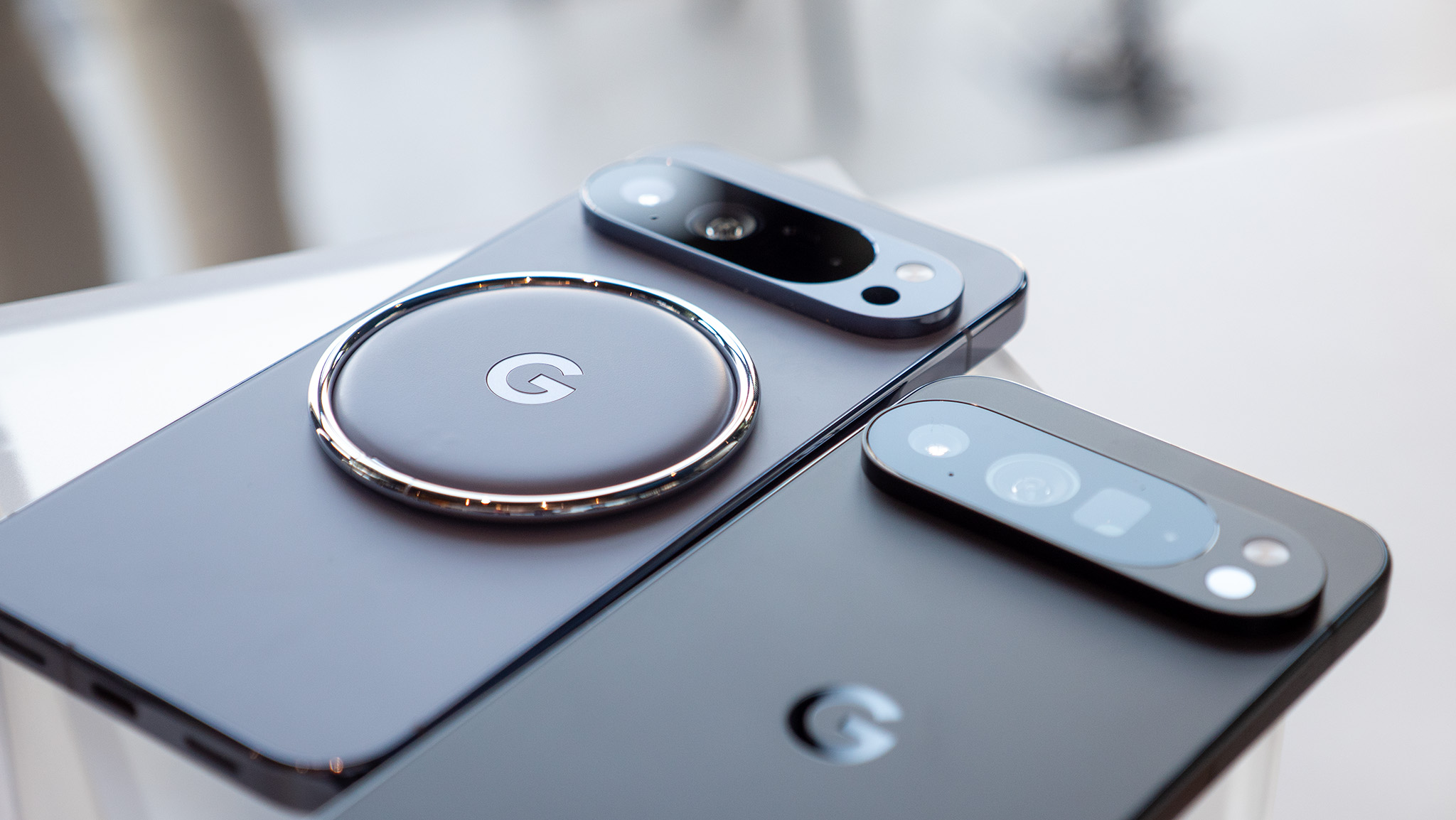
Part of this year's design changes included "even cleaner" lines in the U.S. models because they lack a physical SIM tray. Many users have expressed outrage at the move, while others simply don't care. Regardless of personal opinion on physical versus digital, the lack of a physical SIM card slot is a legitimate deterrent for some users.
It's highly unlikely that Google will go back to having a physical SIM slot in U.S. models of the Pixel 11. One reason is that the company was able to completely remove the mmWave "pill" on the Pixel 10's frame by putting it in the position where the physical SIM tray is on some global models.
Carriers like Verizon use mmWave in the U.S. for their 5G networks, so this isn't likely to change with the Pixel 11. Conversely, many smartphone users globally rely on physical SIMs because they're easy to use when traveling, don't require internet connectivity for activation, allow users to easily use prepaid phones and carriers, and offer plenty of other benefits over eSIM.
A new Tensor chip
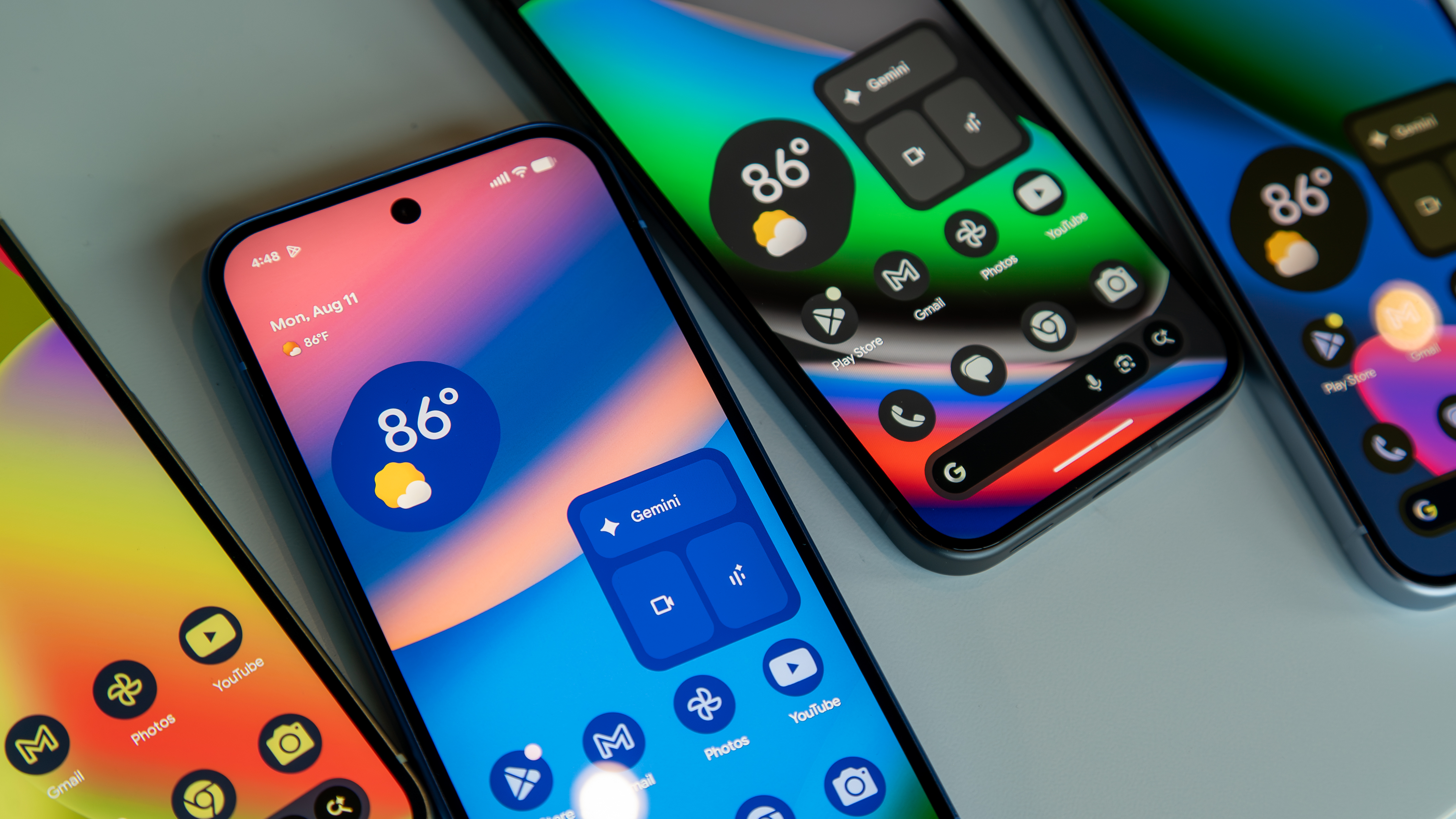
Tensor G6 is the processor likely to be at the heart of the Pixel 11, and it's rumored that this will be a significant leap for the company's in-house processors. Tensor G5 is Google's first Tensor chip not manufactured by Samsung, and it meant the processor got a sizable 35% performance improvement over the sluggish Tensor G4 in the Pixel 9 series.
Tensor G6 is rumored to switch to an even more efficient 2nm manufacturing process, meaning it could be closer in performance to Qualcomm's chipsets than ever. Tensor has often been as slow as four-year-old phones, and while Tensor G5 trades blows with one-year-old phones, Tensor G6 might finally match the performance of 2026's models.
Additionally, Google is reportedly looking into baking a bunch of new health-related features into Tensor G6 for breathing, sleep apnea, gait analysis, and more. Additionally, Tensor G6 is said to be able to efficiently generate video using AI algorithms, so all those fancy new photo tricks we saw this year may turn into fancy new video tricks for the Pixel 11.
What we want to see
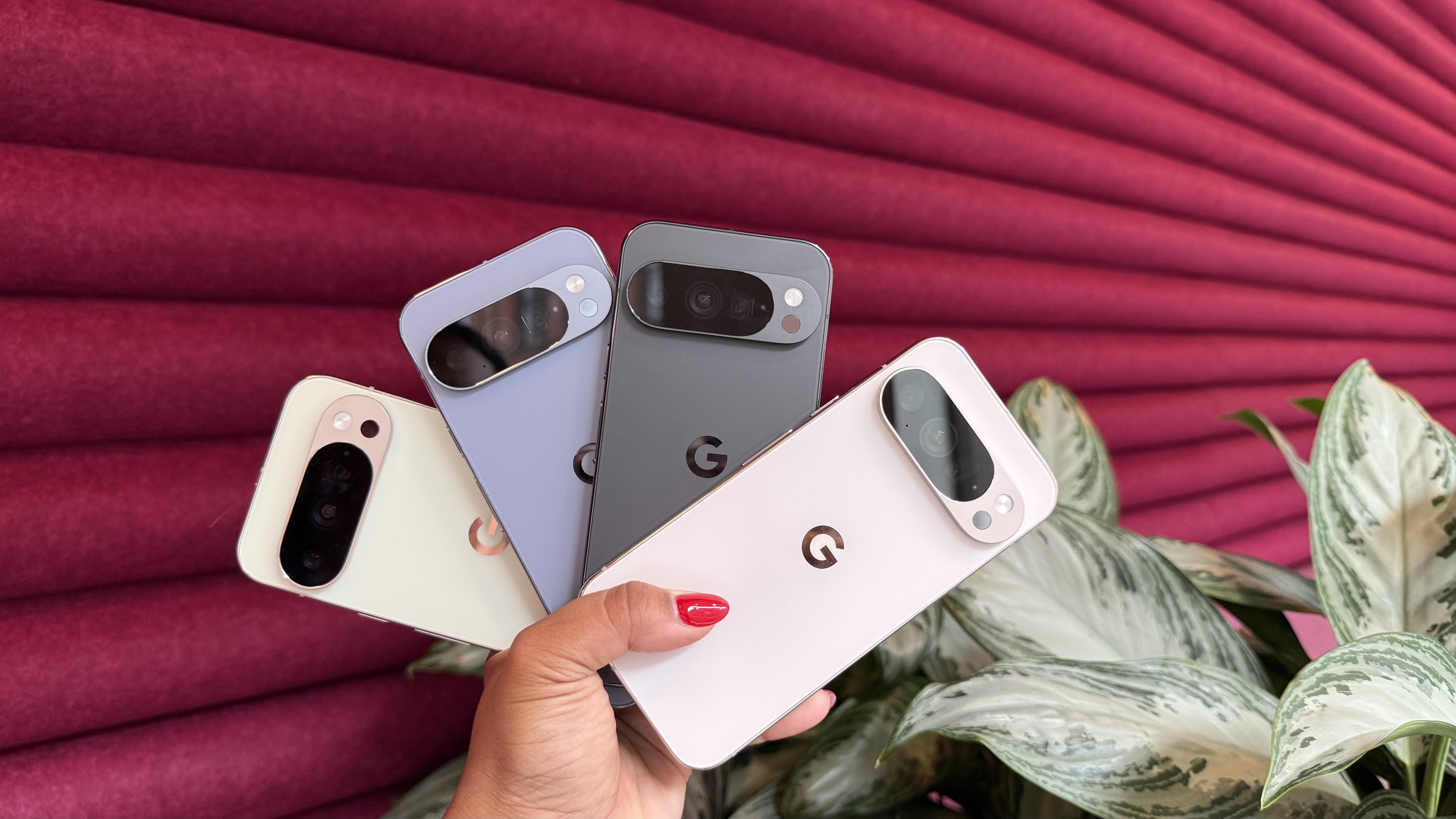
This year marked another display spec upgrade for the Pixel 10, and that included a new accessibility feature to help PWM-sensitive users like myself. The problem, if you've been keeping up with display tech, is that Google's new setting doesn't go far enough to help sensitive users.
The Pixel 10 gives users the choice between 240Hz and 480Hz PWM rates, but PWM-sensitive users need PWM rates in the thousands of hertz, not the hundreds. Our hope is that Google's new setting is just the start for the company and that the Pixel 11 and beyond can compete with phones like the OnePlus 13 and Honor Magic 7 Pro, which see PWM rates go as high as 4320Hz (not a typo).
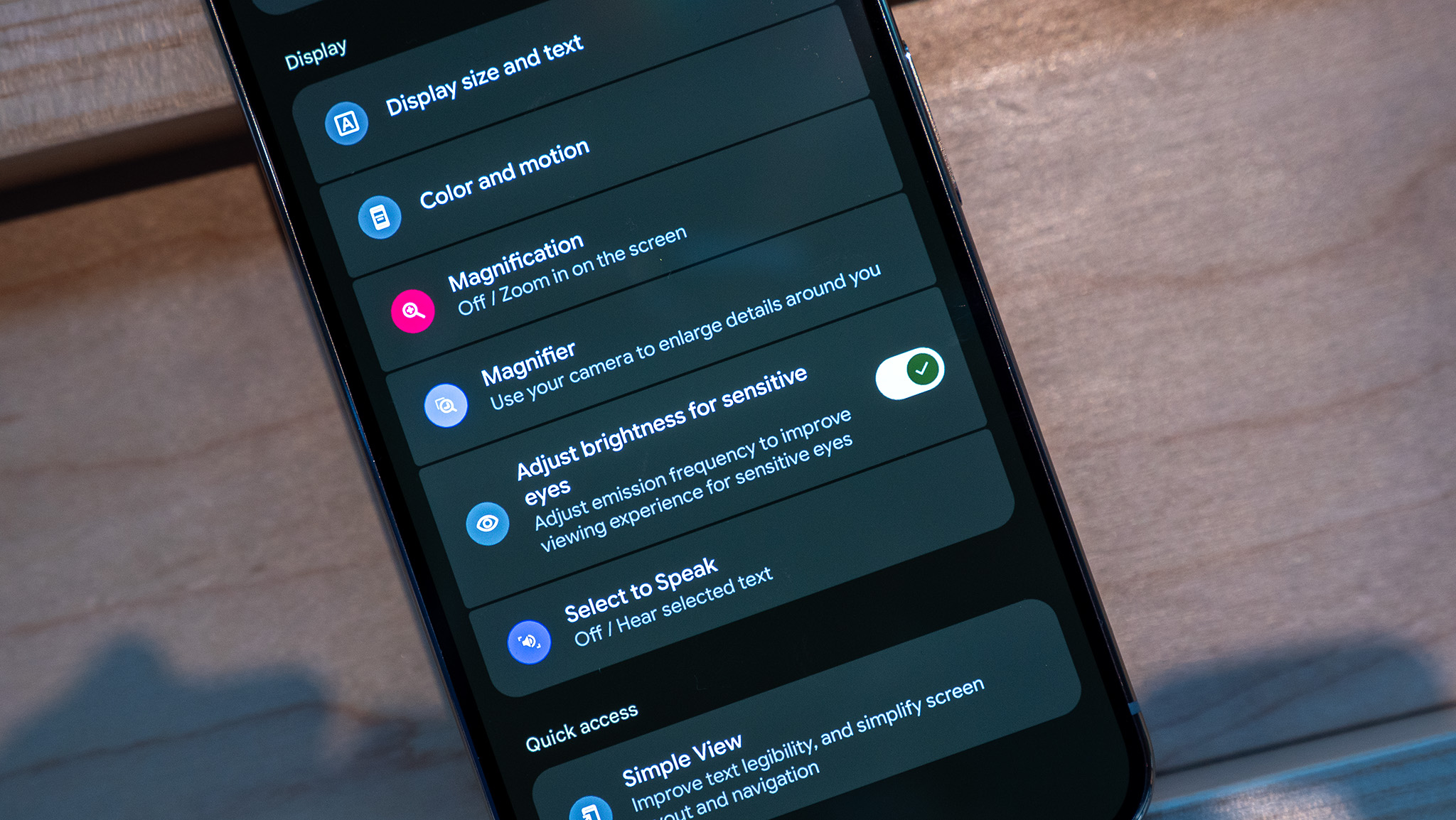
We're also hoping for better video recording quality natively on the Pixel 11. During the Pixel 10 unveiling, Google talked about how good the Pixel 10's video quality was and how it outperforms other Android smartphones. While we applaud Google for the progress it has made in recording quality, much of the best quality video from Pixels only happens after it's been uploaded to Google's cloud and given additional processing.
We'd love to see the Pixel be able to do this on the phone instead of needing to upload it to a cloud server and requiring a more expensive phone or subscription to get the job done.
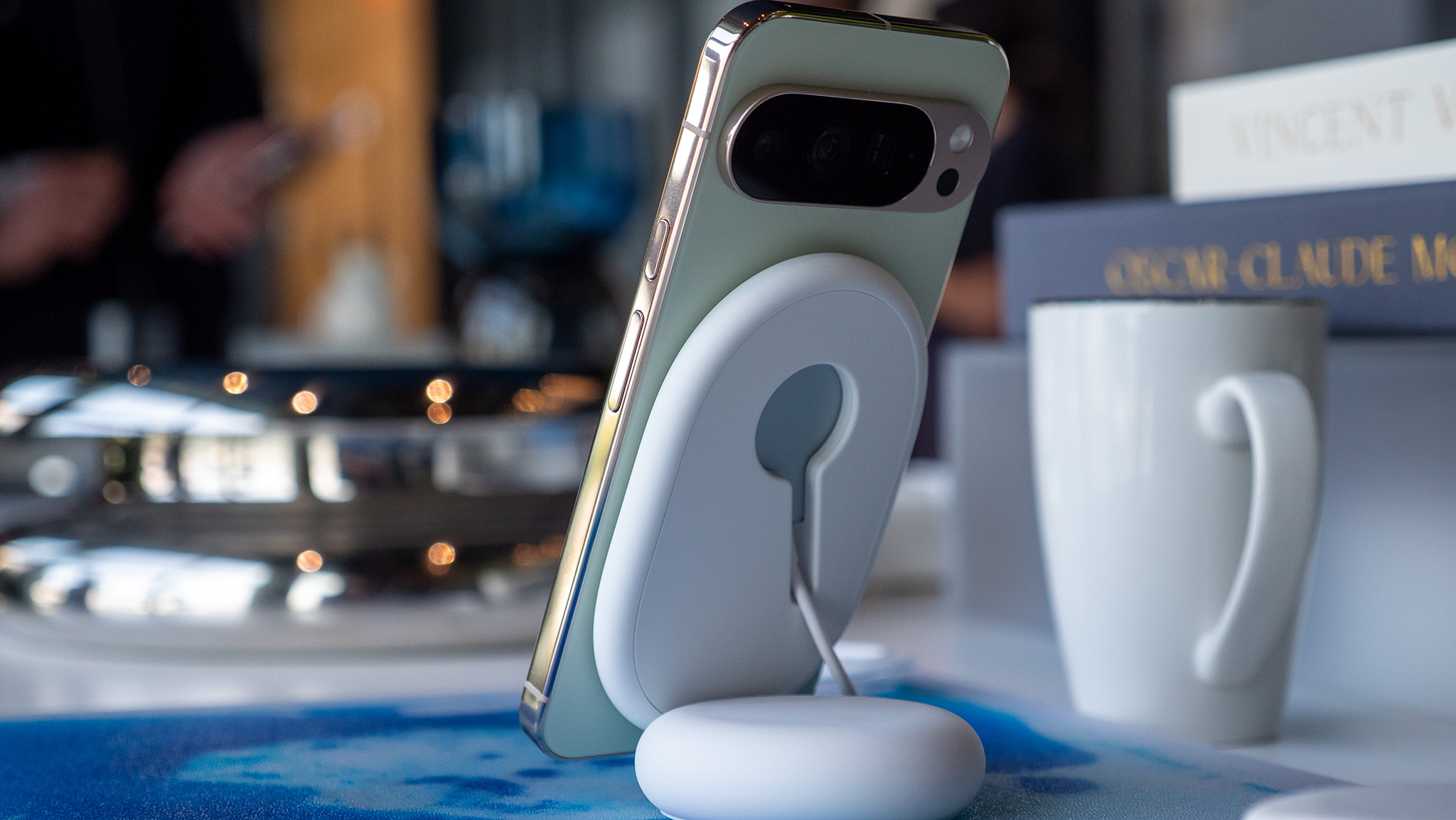
The Pixel 10 features the biggest batteries in any Pixel phone to date, a trend that's continued for several years as Google tries to get away from the stigma of Pixels being slow and having poor battery life. But Google could do even better if it switched to silicon-carbon battery tech.
This tech largely comes from electric cars and allows phones to pack in up to 35% denser batteries, as well as charge faster and keep a charge for longer in extreme climate conditions. We also want to see much faster charging for the smaller Pixel 11 phones, as the Pixel 10 Pro XL is still the only model that charges faster than 30W.
Google made huge strides with the Pixel 10, and we're excited to see the company further improve pain points on its line, as well as further differentiate Pixel phones from the rest of the smartphone pack with bespoke AI features and very Google-like style.
The fastest-charging Pixel
The Pixel 10 Pro XL is the fastest-charging Google phone ever, supporting 39W speeds with a cable and 25W wirelessly. Full support for magnetic Qi2.2 chargers will give users great compatibility with accessories and chargers for years to come.
For more news and information on Google's latest phones, check out our Ultimate Guide.







